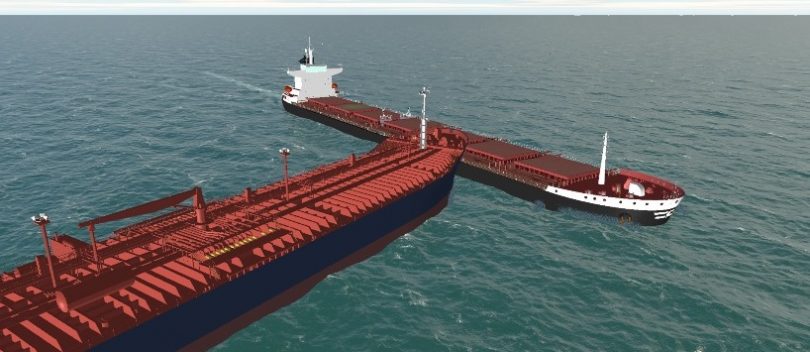- Stop engines and obtain an assessment of the situation. It may be prudent to maintain a few revolutions in the engines to avoid the other vessel form flooding and consequent sinking when both vessels are separating.
- Sound emergency alarm.
- Switch on deck lights and NUC lights.
- Inform master & engine room .
- Broadcast message to all ships in the vicinity.
- Carry out head count and damage assessment.
- Muster damage control parties and detail duties.
- Order bilge pumps and ballast pumps to start pumping out effected area.
- Shut all watertight doors and fire doors.
- Communication officer- standby to obtain weather report. Navigational officer to update vessels position and assist master as required.
- Prepare survival craft for immediate launching if situation demands.
What is chief officer’s duties in collision ?
- Internal sounding of all tanks- check watertight integrity.
- Machinery space wet or dry.
- Head count- check for casualties.
- Investigate pollution possibilities.
- Will consider ballasting to bring damaged portion above waterline.
Masters legal obligations in collision :
- Standby to render assistance.
- Exchange information with master of other information- General particulars of other vessel.
- Port of departure.
- Port of destination.
- Report accident to Marine Accident Investigation Bereau (MAIB).
- Make entries in official log book.
EXTERNAL COMMUNICATIONS FOLLOWING EMERGENCY
- Distress/Urgency signal
- Exchange information with other vessel
- MAIB (Marine Accident Investigation Bereau)
- Company, Owners, Charterers
- AMVER
- CoastGaurd / MRCC
- Agents (port of refuge)
- Tugs/Towing
- Dry Docking
- Weather reports



